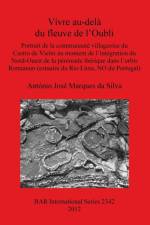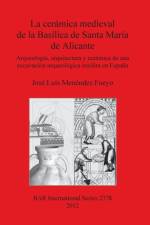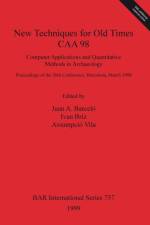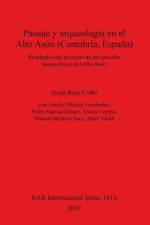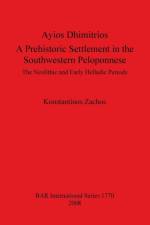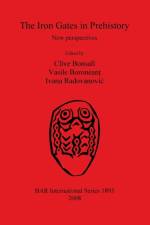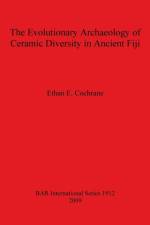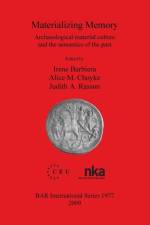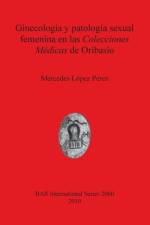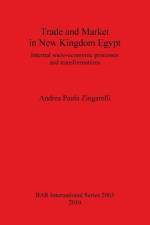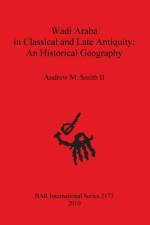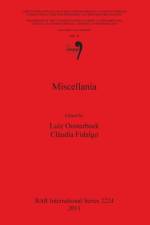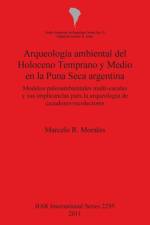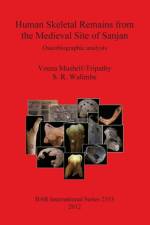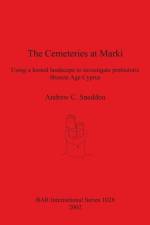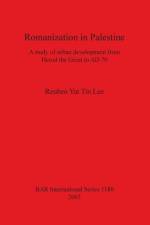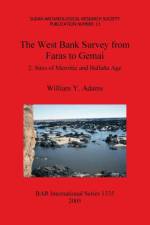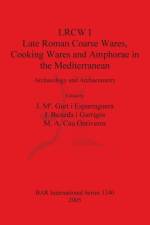von Andrew M Smith II
90,00 €
Wadi Araba is a unique landform of great historical importance. As a part of the Great Rift Valley, Wadi Araba extends southward from the Dead Sea to the Gulf of Aqaba and covers vast stretches of mostly arid land. Until recently our understanding of the history (and prehistory) of Wadi Araba has been negligible, due largely to the fact that few have explored the valley in any systematic fashion. In fact, most of the valley remained unexplored until the 1990s, and the few investigations that had been conducted either remained unpublished or were too purposive in nature and narrow in scope to shed light on broader historical developments. Nevertheless, there is a growing body of data from Wadi Araba. Archaeological fieldwork conducted over the past twenty years, for example, has significantly increased the number of known sites in the valley. As a result, our knowledge of the history of Wadi Araba has improved, though it remains somewhat fragmented geographically and qualitatively. Also, despite this improvement in our knowledge of known sites in the valley, there have been no attempts to synthesize any of the data. If we are to gain any sort of broader understanding of the historical geography of Wadi Araba, the need for such a synthesis is clear. The present monograph, accordingly, is one attempt to provide a more comprehensive overview of the antiquities of Wadi Araba and a general outline of the rich history of the valley. Chronologically, the scope of this study focuses on the Hellenistic through to the Byzantine period. The purposes of this initial chapter are 1) to provide a general sketch of the geographical and ecological setting, 2) to summarize previous explorations and research conducted in Wadi Araba, including excavation and survey conducted by the author, and 3) to discuss briefly the classical and late antique sources pertinent to a historical geography of Wadi Araba. Following this introduction, Chapter 2 of this study provides a detailed summary of the larger settlements in Wadi Araba, mostly focusing on the cities, villages, and hamlets, as well as the various forts and caravanserais. Chapter 3, in turn, summarizes the evidence of other sites of historical significance in the periphery of the larger settlements. A comprehensive discussion of the communication networks in the valley is the focus of Chapter 4, with the expressed goal of understanding how the various sites interrelate with one another. Finally, Chapter 5 provides a broad historical sketch of the history of Wadi Araba in Classical and Late Antiquity.


